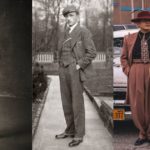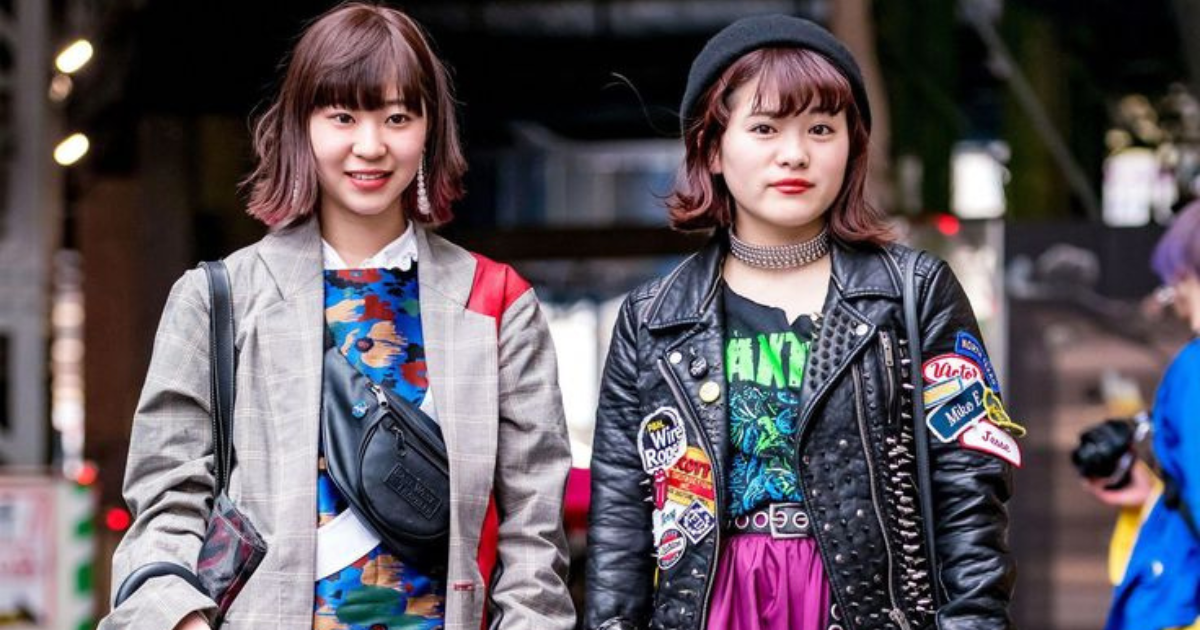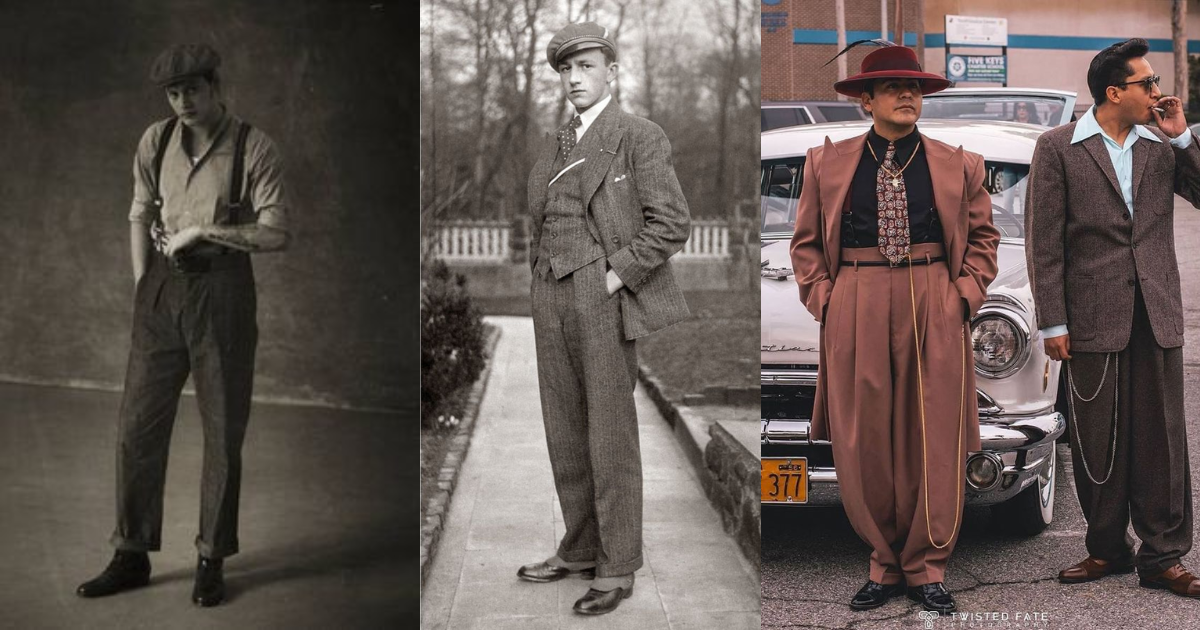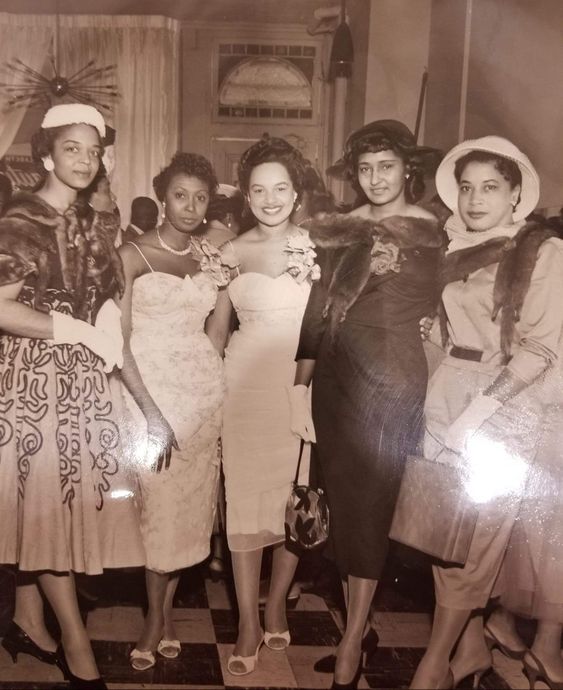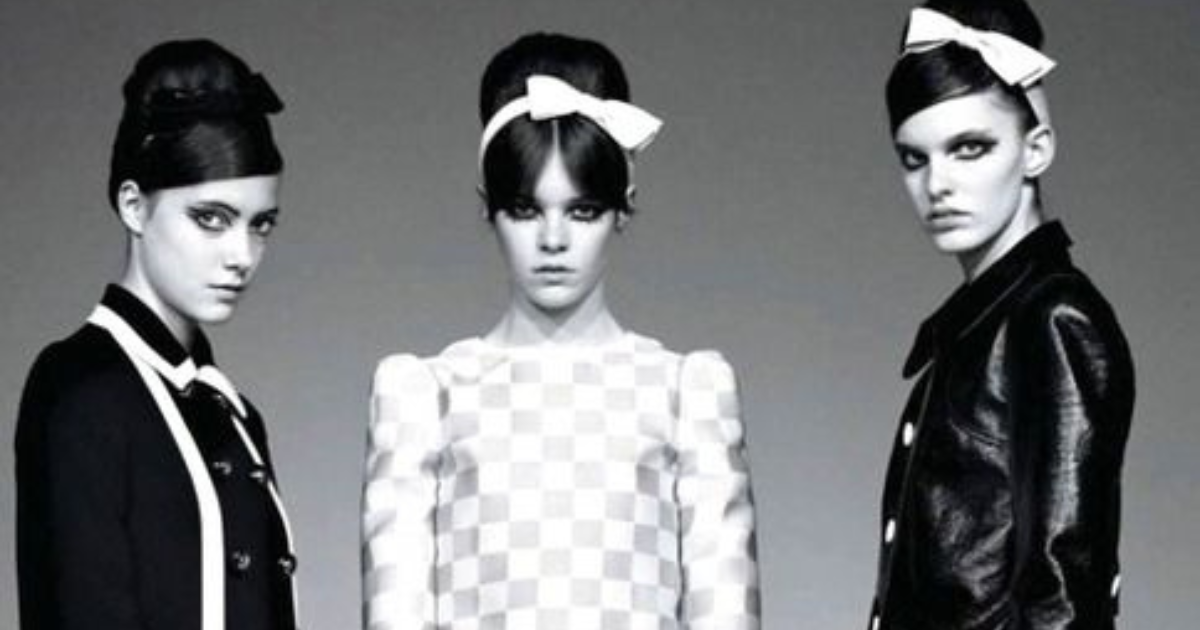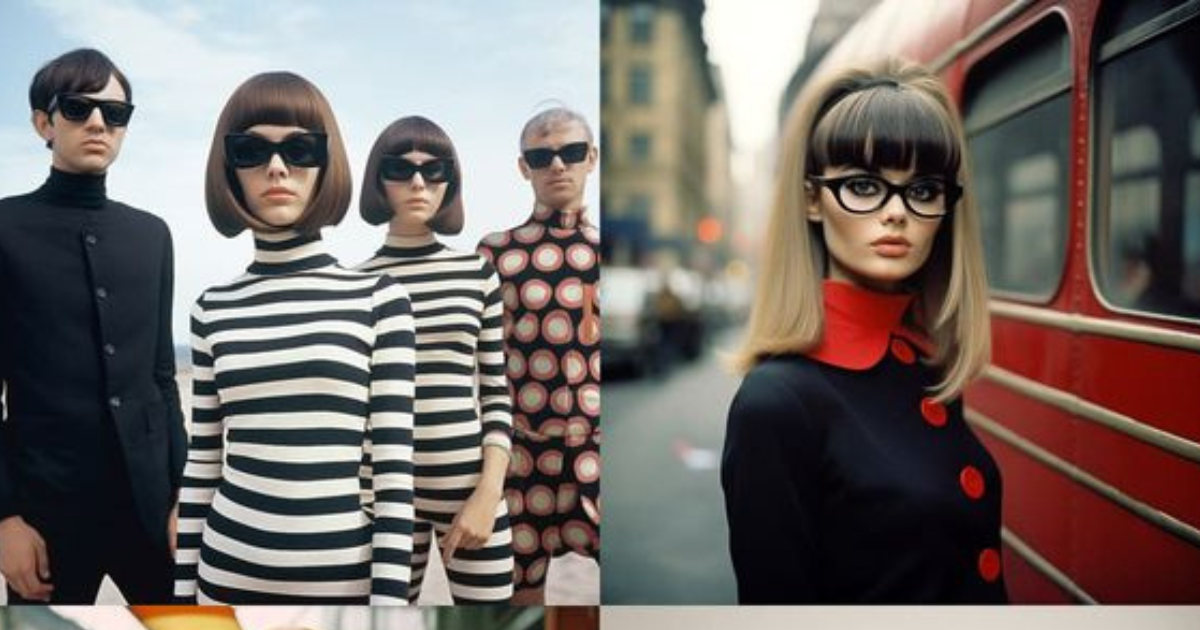Have you ever been entranced by the exquisite blend of tradition and innovation in Japanese fashion? Picture yourself wandering through the bustling streets of Tokyo, where fashionistas express their unique styles like nowhere else on Earth. From Tokyo’s fashion-forward districts to the runways of international fashion weeks, Japanese fashion trends have captured the world’s attention.
Japanese fashion women isn’t just a fleeting trend; it’s a cultural phenomenon that has woven itself into the fabric of the global fashion landscape. Understanding the evolution and contemporary trends of Japanese fashion isn’t merely about keeping up with the latest styles; it’s about appreciating a rich tapestry of culture, history, and creativity that continues to shape the way we dress and express ourselves.
Contemporary Japanese Fashion Women Trends
Prepare to be dazzled by the kaleidoscope of styles that converge in Tokyo’s Harajuku district. From Gothic Lolita to Visual Kei, we’ll uncover the unique subcultures that have influenced not only Japanese fashion women but also global trends. Harajuku isn’t just a place; it’s a phenomenon that celebrates individuality and self-expression.
Japanese fashion designers have taken the world by storm. Names like Rei Kawakubo, Yohji Yamamoto, and Issey Miyake have redefined luxury and avant-garde fashion. We’ll explore their unique design philosophies and the impact they’ve had on the global fashion scene. These designers are more than couturiers; they’re visionaries shaping the future of fashion.
Japanese fashion women seamlessly blends tradition with modernity. We’ll discover how traditional elements like kimono-inspired silhouettes and intricate textiles find their way into contemporary clothing. This fusion of styles results in outfits that are both culturally rich and cutting-edge, appealing to fashion enthusiasts worldwide.
Iconic Japanese Fashion Elements
Kimonos: A Window into Tradition
The history and significance of the kimono are as rich as the garment itself. Originating in Japan over a thousand years ago, the kimono has been a symbol of elegance and cultural identity. Its name, “kimono,” translates to “thing to wear,” highlighting its simplicity and functionality.
The kimono isn’t just a piece of clothing; it’s a canvas for artistry. Each kimono tells a story through intricate patterns, colors, and embroidery. While modern Japan may not see kimonos worn daily, they hold a special place in ceremonies, festivals, and formal occasions. Understanding the cultural significance and history of the kimono is key to appreciating its enduring allure.
Minimalism: Less is More in Japanese Fashion Women
Japanese fashion is often characterized by its minimalist and functional approach. It’s a philosophy that revolves around simplicity, clean lines, and the removal of excess. This design ethos extends beyond clothing; it’s a way of life in Japan.
Minimalism in Japanese fashion celebrates the beauty of simplicity, where the focus is on the quality of fabrics, the precision of tailoring, and the elegance of understatement. It’s about allowing the wearer to shine without the distraction of excessive ornamentation. We’ll explore how this minimalist approach has influenced not only clothing but also interior design, architecture, and lifestyle choices.
Avant-Garde: Pushing the Boundaries
While minimalism is a significant aspect of Japanese fashion women, the country also boasts a thriving avant-garde scene. Avant-garde designers challenge conventions and redefine what fashion can be. Rei Kawakubo’s Comme des Garçons, for example, is known for its asymmetrical designs, unconventional silhouettes, and disregard for traditional beauty standards.
Japanese avant-garde fashion is more than just clothing; it’s art in motion. It pushes boundaries, provokes thought, and challenges the status quo. We’ll dive into the world of avant-garde Japanese fashion, exploring how it dares to be different and how it has impacted global fashion with its bold creativity.
Influential Japanese Fashion Designers
Profiles: Meet the Visionaries
Japanese fashion designers are the driving force behind the nation’s global impact on style. We’ll introduce you to some of the most influential figures in the industry, such as Rei Kawakubo of Comme des Garçons, Yohji Yamamoto, and Issey Miyake. These visionary designers have not only shaped the trajectory of Japanese fashion but also left an indelible mark on the world stage.
Style Philosophy: Unlocking the Creative Minds
Each of these designers possesses a unique style philosophy that sets them apart. Rei Kawakubo, for instance, challenges traditional notions of beauty with her deconstructed designs. Yohji Yamamoto’s creations embrace androgyny and oversized silhouettes. Issey Miyake is renowned for his innovative textile technologies and garments that celebrate movement.
Exploring the design philosophies of these visionaries provides insight into their creative processes and the deeper meanings woven into their collections. It’s a journey into the minds of those who have shaped fashion as we know it.
Japanese Fashion for Women Today
Practical Tips: Embracing Japanese Elements
For women interested in infusing Japanese fashion elements into their style, we offer practical tips. From incorporating kimono-inspired silhouettes to choosing clothing with minimalist designs, we’ll guide you on how to capture the essence of Japanese fashion while making it your own.
Where to Shop: A Fashionista’s Guide
Discovering Japanese fashion treasures isn’t limited to Tokyo. We’ll suggest both physical stores and online destinations where you can explore and purchase Japanese-inspired clothing and accessories. Whether you’re in the heart of Japan or on the other side of the world, the allure of Japanese fashion is just a click or a stroll away.
Cultural Sensitivity: Honoring Tradition
While embracing Japanese fashion is exciting, it’s equally important to respect the culture that gave birth to these trends. We’ll touch on the significance of cultural sensitivity, helping you avoid unintentional missteps when incorporating Japanese elements into your wardrobe. It’s about appreciating the beauty of Japanese fashion while acknowledging its cultural context.
The Global Appeal of Japanese Fashion Women
International Celebrities: Icons of Japanese Style
Japanese fashion has captured the hearts of international celebrities. We’ll showcase some of the biggest names in entertainment and fashion who have embraced Japanese style. From Hollywood A-listers to music sensations, these trendsetters don Japanese designers with flair and confidence.
Think of Lady Gaga rocking a bold Comme des Garçons ensemble or Rihanna effortlessly blending streetwear with high fashion. These celebrities not only wear Japanese fashion; they become ambassadors of its innovative and boundary-pushing designs.
Pop Culture Influence: From Tokyo to Tinseltown
Japanese fashion isn’t confined to runways; it’s a dynamic force in pop culture. We’ll explore how Japanese fashion trends make their way into movies, music videos, and mainstream media worldwide. From the cyberpunk aesthetics of movies like “Blade Runner” to the iconic streetwear of hip-hop music videos, Japanese fashion continually inspires and influences global pop culture.
It’s not just about clothing; it’s about storytelling through style. Japanese fashion’s impact on pop culture is a testament to its ability to resonate with diverse audiences and transcend geographical boundaries.
Social Media Impact: Spreading Trends at the Speed of Likes
The rise of social media has turbocharged the global spread of Japanese fashion trends. We’ll dive into how platforms like Instagram, TikTok, and Pinterest have become virtual runways where enthusiasts worldwide share their interpretations of Japanese fashion.
Hashtags like #HarajukuFashion and #JapaneseStreetStyle connect like-minded individuals, fostering a global community of fashion lovers. We’ll explore the role of influencers and fashion bloggers in amplifying Japanese fashion’s reach and making it accessible to a global audience.
Conclusion
In our exploration of Japanese fashion women, we’ve traversed through time, from the rich traditions of the kimono to the avant-garde designs of contemporary Japanese fashion. We’ve met visionary designers who have left an indelible mark on the global fashion stage and discussed how sustainability is becoming a non-negotiable commitment in the industry. We’ve seen how Japanese fashion has transcended borders, influencing pop culture and captivating the world’s biggest celebrities.
But Japanese fashion is more than just clothing; it’s an art form, a cultural expression, and a bridge that connects us across cultures. It’s a celebration of individuality and innovation. It’s a commitment to sustainability and a nod to tradition. It’s a journey that we invite you to continue.
Now, it’s your turn to embark on your own Japanese fashion journey. Whether you’re drawn to the elegant simplicity of minimalism, the bold creativity of avant-garde designs, or the timeless charm of the kimono, Japanese fashion offers a world of possibilities.
Try out a new style, step out of your comfort zone, and let Japanese fashion be your canvas for self-expression. The possibilities are as limitless as your imagination



